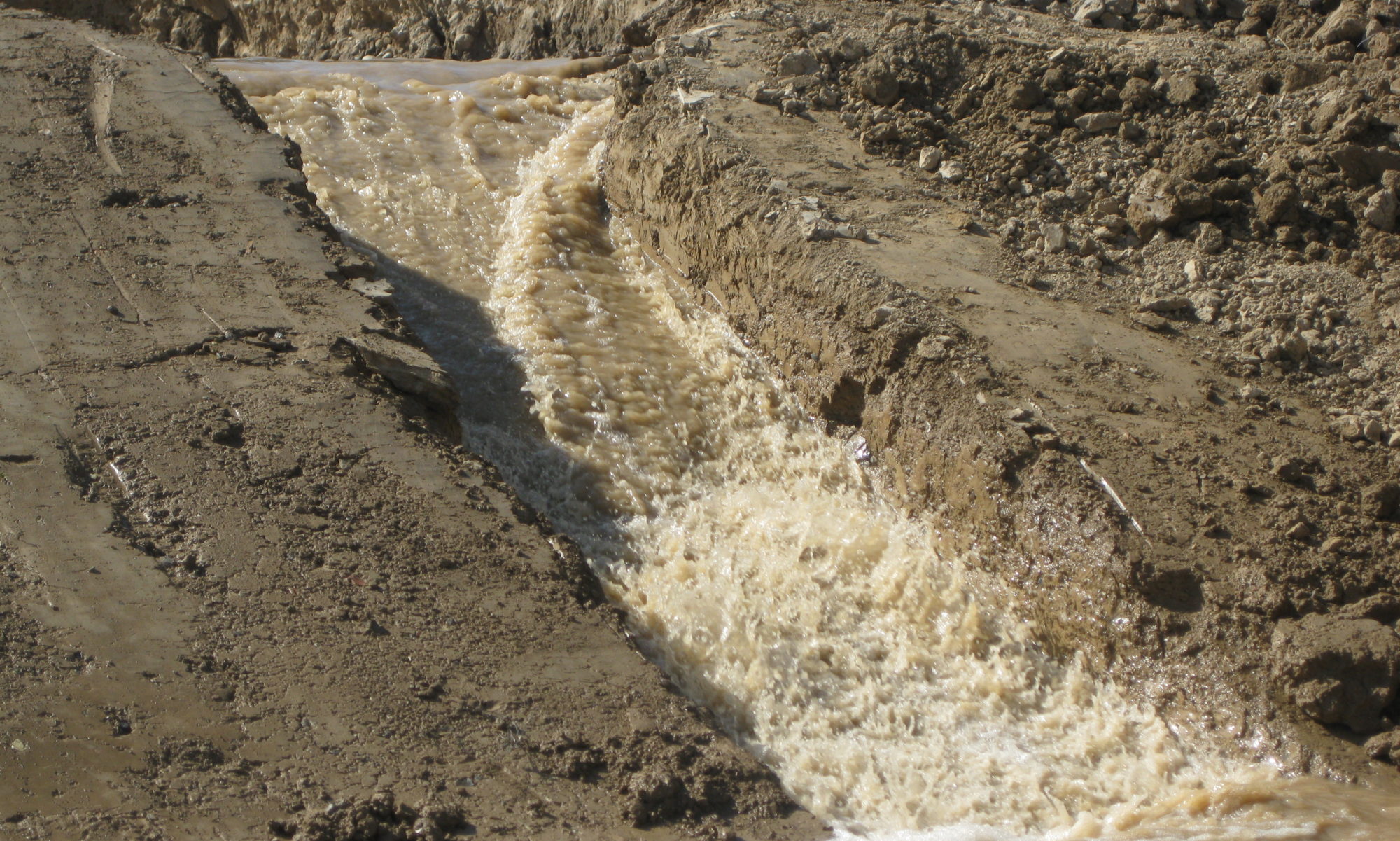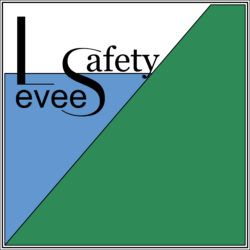Levees provide for the safe conveyance of water and reduce damage caused by floodwaters.
Due to the great length of levee structures, proper operation and maintenance of levees can be challenging. However, levees need to be appropriately maintained and actively monitored so that they can be safely operated.
Levees are expensive structures that need to be appropriately managed. A levee cannot be relied on to provide flood protection if it has not been diligently maintained and if people are not trained to manage it during flood events.
Flood protection is often provided by levee systems that were completed before the use of modern construction methods. Moreover, over time, most river embankment systems have lost integrity because of flood–related distress, settlements or erosion.
Often levees are in urgent need of repair. The problems may be several:
- poor maintenance;
- design and construction flaws;
- inadequate freeboard;
- building encroachments;
- presence of burrowing animal holes or decayed pipes and pumping stations etc.
All these issues can put the levee structure in critical condition.
The maintenance of levees is a major task for flood management authorities.
Risk assessment studies should be undertaken to identify any necessary remedial action to reduce potential risks regarding levee performance.
Unfortunately, it often happens that local governments which oversee the design and construction of levees have to update levees, on compliance with levee construction, operation and maintenance standards, with insufficient funds.

